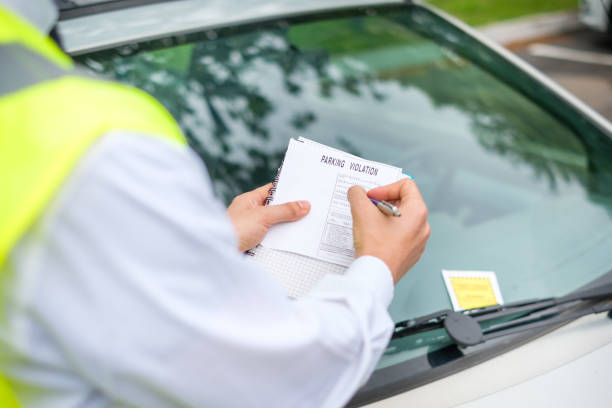Parking Violation Policies in India
According to government data, India had a whopping 210 million registered motor vehicles in 2015. Among union territories, Delhi had the largest number of vehicles, forming 4.21% of the total registered motor vehicles in the country. The intense concentration of motor vehicles in big cities gives rise to various issues – pollution, traffic jams, and road accidents. One of the most pertinent problems today is that of parking and related violations.
While parking violations are clearly a result of a lack of responsibility and civic sense, it is not difficult to understand why they are a frequent occurrence in a country where the population density is a shockingly high 382 persons per square km. Add to it inefficient parking management in the absence of data, and the problem becomes even more pronounced.
Parking rules in the country
India does not have a comprehensive nationwide act that encompasses everything there is to be said about parking. The National Urban Transport Policy (NUTP) of India devised by the Ministry of Urban Development in 2006 largely sets the tone for parking in India. It directs state governments to make suitable amendments to building rules to provide adequate parking spaces.
The Municipal Corporation or the concerned city authorities have the mandate to govern both on-street and off-street parking. However, laws relating to parking are loosely set, based on guidelines and convictions of the local bodies since states have historically given less importance to parking while devising urban development plans.
The Rules of the Road Regulations, 1989 state that when parking a vehicle it must be made sure that “it does not cause any danger, obstruction or inconvenience for other road users.”
Parking violation policies in India
The traffic police have the mandate to enforce parking rules. It has the power to fine, lock and even tow a vehicle found violating traffic rules. Section 177 of the Motor Vehicles Act, 1988 empowers it to levy a fine of Rs. 100 for a single offense and Rs. 200 for the repeated parking offense.
Clause 122 of the Motor Vehicles Act (1988) says that “no motor vehicle should be left on the public road in a dangerous position or in such a manner so as to cause inconvenience to other road users or abandoned.” This means that parking in front of a neighbor’s garage, double parking, parking on private property, or in public places not sanctioned for parking is against the law.
Even places that are designated parking areas are not free of regulations; clause 126 of the Motor Vehicles Act states that “no motor vehicle should remain stationary in a public place unless there is a licensed driver in the vehicle or where the engine has stopped running, proper precautionary methods have been taken to ensure that the vehicle will not move accidentally in the absence of the driver.” Sloped roads or storefronts with “No Parking” signals are not fair game.
Following are the various violations related to parking:
- Obstruction of traffic – obstructing the movement of vehicles on the road
- Obstruction of pedestrian movement – parking on pavements
- Parking in the no-parking zone
- Wrongful parking – angular parking in parallel parking zones
The need for stricter enforcement
Enforcement is the key to efficient parking since the larger the tendency to violate laws, the graver the issue affecting traffic. But there is a limit to which the traffic police can enforce rules. The challenge is to effectively enforce current regulations through better monitoring of parking. Presently, due to a lack of resources and technological intervention, enforcement remains weak in most cities.
Solving the problem also entails the creation of numerous by-laws. An aspect that needs to be looked at is encouraging citizens to use public transport. Multi-storeyed parking spaces are going to be necessary for the future, a recommendation also made by the NUTP to State Governments.
These plans are slowly being put into action but there’s no telling if the insatiable demand for vehicles will lay waste these efforts. Parking violation policies in India, also need to address the issue of a growing number of vehicles on the road. Intervention mechanisms like hiking parking fees, congestion taxes, and restricting parking can also be looked at.
Solving the parking problem with technology
A lack of clear rules about parking spaces is proof that people are not entirely to blame for their lack of traffic knowledge. Companies that aggregate parking data could be an invaluable asset in this regard.
With the correct set of data, not only will citizens learn what exactly could be considered illegal parking, and tariffs to expect when using public parking spaces, but the NUTP has decreed that parking fees shall reflect the market value of the land utilized for parking. This information is also vital for big ventures such as malls and shopping complexes, to ensure that they handle customer vehicle parking correctly.
Currently, such data aggregation systems are not in place, and therefore scores and scores of parking violations are seen in each locality each day. Without an overarching technological solution, the roads of India run the risk of even greater congestion, replete with violations that could be serious hazards to human life.

